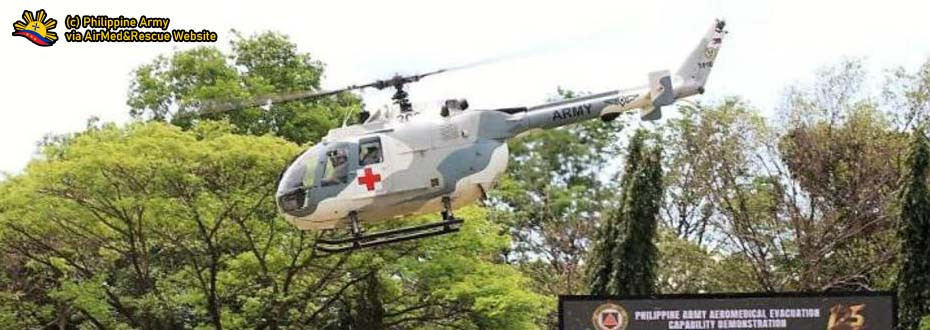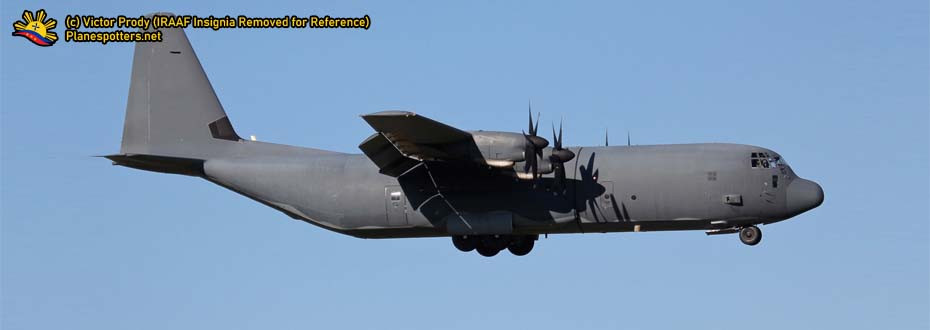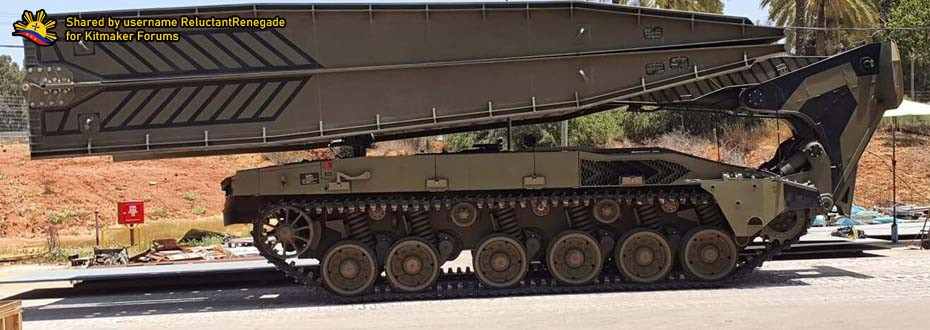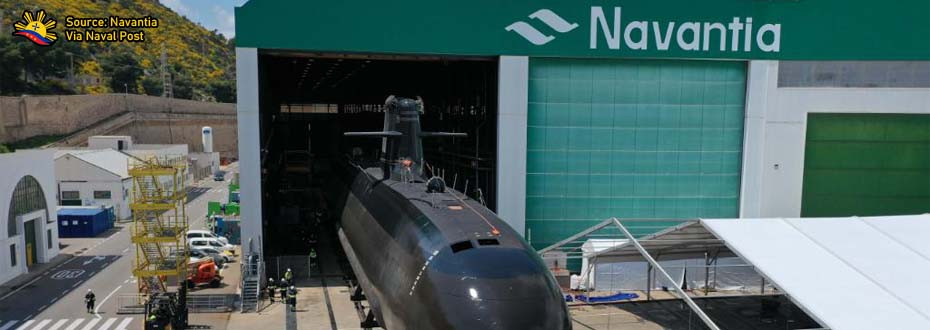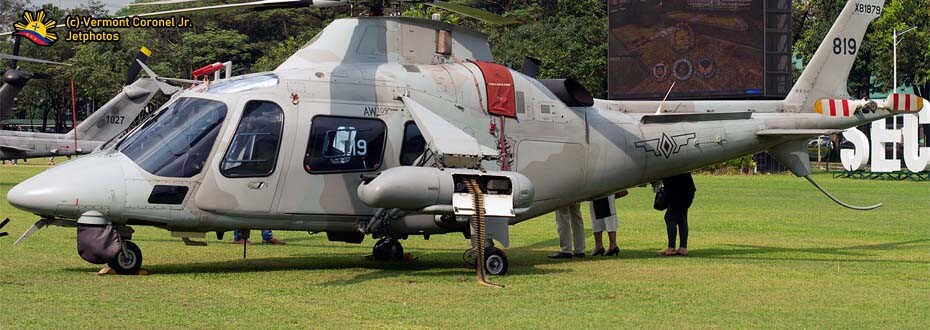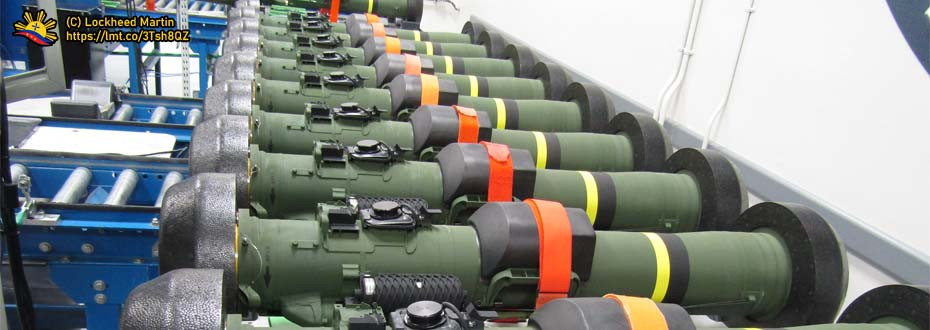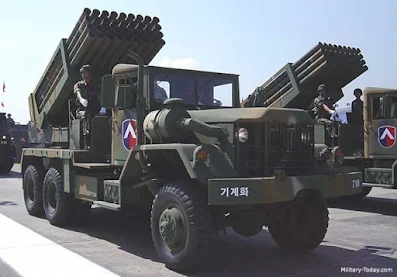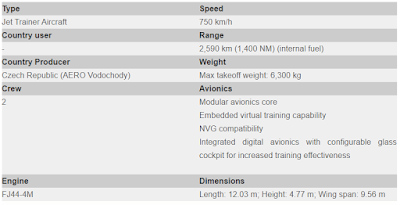OVERVIEW
 |
| Lockheed Martin F-16 Display in ADAS 2018. Obtained via Wikimedia Commons. |
- Is Phil. Air Force Ready To Have Multi-role Fighter Jets? - dated July 4, 2016
- The Philippine Multirole Fighter Jet Procurement Program - dated June 24, 2018
- The SAAB Gripen and the Marketing Over Philippine MRF Program - dated Feb. 10, 2018
- More Details on the Philippine Multirole Fighter Jet Program - dated Oct. 31, 2018
- The F-16 Fighter Jet and the US Offer for PAF Flight Plan Modernization - dated Sept. 11, 2018
It is on everyone's knowledge that the competition is between the Swedish SAAB JAS-39 Gripen Block C/D against Lockheed Martin's F-16 Block 70/72 Viper wherein these assets come with the aspiration of the air branch of the Armed Forces of the Philippines to improve its capabilities that have come along with its implementation of a systemic airspace defense known as the Philippine Air Defense Identification Zone or PADIZ.
At these times, the Air Force is now nearing to a closed deal regarding this project as they have made a decision on which Multirole Fighter Aircraft platform will it be to do the duties and responsibilities that the organization will have in protecting the country's national airspace as a means of protecting its overall security from incursions that may have originated from the sky, with sweeteners on the deal is apparently added which makes it more enticing than the original numbers procured.
Let it be known once again that the details of the contract include the procurement of 12 units of such aircraft which is considered a squadron within the Air Force at a deal price of Php 61,200,000,000.00 with terms may include Foreign Military Sale and Foreign Military Financing that compensates the deal further especially if it means the procurement of the U.S. made platform under this program.
With updates now provided, let us have it discussed here where additional information will be entailed to the developments that are currently unveiled in the program as the Armed Forces keep on Modernizing its military equipment along with other areas of improvement like additional personnel, the re-organizations, and opening of new units as well as enhancements being provided on military facilities that will cater such development.
And so, the deal is now at the crucial times that correlate to the funding that the project seeks in a manner where it will surely get bulk from the annual Php 25 Billion budget that is allocated for the AFP Modernization Program where it may be more if such allocation were provided in higher amounts as to satisfy the necessities the Armed Forces will have for its mandate.
THE PIECES OF UPDATES THAT WERE ALREADY PROVIDED
 |
| There are freebies included. Image Source. |
It is already known that the fighter aircraft provided is in itself the latest iteration of such aircraft with its avionics being the most sophisticated one available wherein it is available on the United States Air Force's more modern aircraft in its inventory such as the F-22 Raptor and the F-35 Lightning II fighter aircraft.
Apparently, the production line of F-16s by Lockheed Marin in Greenville, South Carolina is getting traction with expectations of additional orders coming on its way, with the recent one coming from Taiwan who orders at least 66 units of such aircraft with its latest development coming with the approval of its budget that will set precedent to its production and delivery to a country that sees China as its everyday threat to its survival as a nation.
With such anticipation over the upcoming influx of additional orders, it will be for sure that the production time for the units to be manufactured will be ramping up to four units per month instead of one, wherein the 2022 timeline provided by Lockheed Martin to the Philippine Air Force may go achievable, given that this military branch managed to secure the funding and signatures that seal up the deal before any other nation like Indonesia whose plan is to buy 2 squadrons of F-16 Viper getting along the way and defer the timelines provided for delivery.
Aside from the timelines, another consideration is the freebies that may have come with this deal as it may come with another set of Block 30s that are upgradable to the Block 50 variant which will serve not only as an interim shall the timelines for delivery defer but also to serve as a force multiplier that satisfies the needs of the Philippine Air Force for the defense of national airspace more than what a single squadron may provide for such a purpose.
As of this time, there will be more steps to be done before the finalizations that will close the deal such as regarding its budget and also the approval coming from the chief executive as convincing and explaining it up to the best interest of the Armed Forces and the country's national security is at stake, clarifying that the necessities of these tools are essential for the whole nation's minimum credible defense posture.
These steps though are seen as crucial as passing it through will mean the finalization of the deal in which it will be set and sealed as it will prompt the following processes ranging from the signing of the contract up to the issuance of notice to proceed that informs the supplier to start manufacturing the units for the Philippine Air Force up to the compliance of delivery dates agreed upon by both sides.
ON THE DETAILS OF THE DEAL
 |
| Some perspective of what will be two to three years from now. Image provided by Efrain Noel Morota. |
First is the details regarding its budget where it is worth notable that the Armed Forces of the Philippines annually receives Php25 Billion which is specified actually for such a purpose and it covers a lot of projects across the Armed Forces branches such as the Philippine Army, Philippine Navy and the Philippine Air Force wherein it comes at no surprise that there will be priority projects in one military branch that needs to be funded while the other procurement processes are either to be delayed, deferred to the second list or to be implanted on the Horizon 3 lineup as opposed to the current Horizon 2 timeline.
Talking about the annual budget allocated to the Armed Forces, it may go ascertain that the funding for such a project (referring to the Special Allotment Release Order or SARO) may get its approval either on the first or second quarter of next year, of which chances may go on along the way as procurement budgets seem to get a concern lately as such funding program usually goes in line with the government's General Appropriations Act or GAA in a fiscal period or through Multi-year Obligations/Contracting Authority (MYOA/MYCA) wherein compilations of different programs for different expenses ranging from Personnel Services (PS) down to the Maintenance and Other Operating Expenses (MOOE) as well as Capital Outlay (CO) of different agencies are to be debated, added, and reduced until it reaches the table of the President for its approval.
The budget provisions are an essential part of any project including this one as it will serve as a needed financial resource where it is provided from the national coffers to fund the project's procurement cost which helps a certain manufacturer like Lockheed Martin to keep its operations as a defense industrial complex that supplies its key military equipment like the Multirole Fighters such as the F-16 Vipers for them to have as that will help sustain the growing requirements of the Philippine Air Force, along with other branches in their efforts of improving their capabilities and satisfying that desire for defense which has years to set up as these developments unfolded, where slowly the process makes the idea of having such assets becoming a reality.
Another information comes that it has now come at the President's table for final approval as this approach will surely be considered a fairly vital one as the funding portions of the deal wherein convincing powers from the Defense Secretary as well as national security advisors are needed so as to justify the purchase and also the necessities that have come with the deal itself, given that such a project is primarily for air interdiction missions and is a component for the implementation of PADIZ.
Finally, the details that will complete these sets of information for this discussion will be the letter of request to the prospective aircraft's country of origin wherein such an update will be provided publicly just by accessing the website for Major Arms sales like in the case of the Defense Security Cooperations Agency of the United States Department of Defense, as it will be determined there so as to whether the request was granted or not that may play a factor for the project's status.
So, it is worth to see these developments slowly unfold as any of these provided factors are something that will define the direction of this project to the upcoming years as well as to that significant portion of the capabilities that will be provided in a military branch within the Armed Forces of the Philippines such as the Philippine Air Force.
ON THE PROSPECTIVE DELIVERY DATES
 |
| The movement of the production line is a factor for the procured unit's delivery date. |
It is said that with demands coming in regarding the countries' interest for the latest iteration of the F-16 Viper MRF, one may hold on the idea that the production of the aircraft may get ramp up from a single unit per month to at least three units produced per month which in the process hastens the process for these aircraft to be manufactured, providing that possibility that the commitment for a 2022 delivery for the Philippine Air Force possible, unless otherwise, another deal from another nation gets in before the PAF gets its own deal with the manufacturer.
Currently, the orders for the F-16s are from Bahrain, Bulgaria, Slovakia, Taiwan, and soon, Indonesia shall its orders proceed along with the Philippines if it manages to seal the deal before any prospective buyers and end-users decide to purchase and fast-track the process of their respective procurement in which the queue for the order backlogs lengthens the time needed for the delivery of these newly-built combat aircraft.
With the increase of backlogs and also the final steps that this acquisition is in, it is worth to see the timeline for the deal to be finalized and signed as it is with these periods that determine the overall outcome of the whole project in its entirety with the factors mentioned making the influence over the direction that the project may partake or the future perspective of which assets may compose the Philippine Air Force for the years to come.
Now with the funding to launch the project will be expected in the first half of the year, there may still change that may happen as there will be new orders coming in before that period or the plans itself may take another direction without prior notice. Nevertheless, it comes with the hopes and dreams that the project will stay on the track.
Additional information sets in with the visit of the U.S. Secretary of Defense Mark Esper in the country wherein these close-to-accomplishment acquisition deals such as the Multirole Fighter Jet Program, along with the Attack Helicopter Acquisition Project, may get along in the discussion as it is with these people where they play a factor to the outcome of such projects like this one and the participation of the U.S. Defense Department on these deals.
It remains to be seen aside from the fundings regarding the development of this project as it means a lot for the Philippine Air Force to obtain as it will define more of their duties and responsibilities of protecting the country's national airspace against any intruders which it comes as part of the desired minimum credible defense posture that the nation aspires.
WHAT REMAINS TO BE SEEN
 |
| There comes the certainty for such an asset as the F-16 to push through. |
Take note that in the presentation, they utilized the module that resembles one of the competitors of the Multirole Fighter Project wherein it will be not much surprising on its preference as both the FA-50PH and the F-16 share its design DNA as the former comes as a joint development between the Korean Aerospace Industries and Lockheed Martin.
All it takes now is for the budgeting matters to roll along as it comes as one of the requirements wherein 15% of the overall contract price will be needed in order to materialize it further to sealing the deal and eventually to have it approved by the commander in chief of the Philippine Armed Forces which is no other than the President of the Philippine Republic.
There goes some certainty that this closely-monitored project may push through given that it will come in the good conscience of the people in the Defense Department as well as the end-user which is the Philippine Air Force wherein they are the ones that will give some wisdom on the idea of such platform's importance especially that the organization is on its way in implementing its Philippine Air Defense Identification Zone or PADIZ.
The period of which we will check the developments of this project as well as on others may cover along as the year 2020 may provide interesting updates regarding the details for platforms like this one as the funding will be covered once again under the allocated Php 25 Billion for the AFP Modernization Program in which they may have the opportunity to grab the portion of the pie as it comes with the stiff competition on which military branches regarding their share.
This goes with the dreams and aspirations of the Philippine Air Force in its aspiration in getting such platforms as it will help augment the FA-50s in air interdiction patrols as well as to improve further the numbers and capabilities that are needed in protecting the country's airspace.
It will be worth the time waiting and determine the outcome of the project in which it will be a significant step of what will it be on the overall progress of the AFP Modernization Program especially that several projects are on the line, awaiting further push with the aims of having a capable Armed Forces that push for minimal defense posture.








